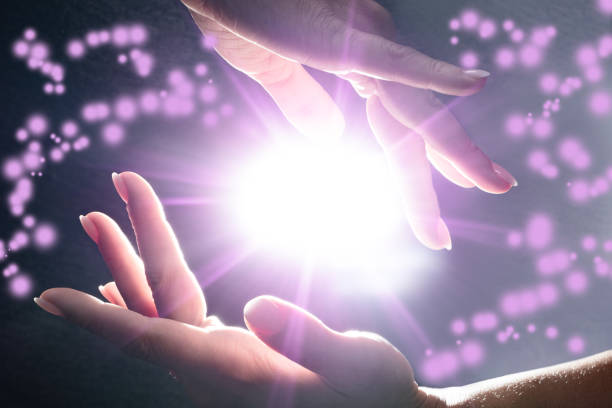The origin of Reiki symbols can be traced back to the teachings of Mikao Usui, the founder of Reiki. In the late 19th century, Usui embarked on a spiritual quest to seek healing and enlightenment. After intense meditation and fasting on Mount Kurama in Japan in 1922, he claimed to have experienced a profound spiritual awakening and acquired the ability to channel healing energy.
During his spiritual journey, Usui discovered sacred symbols and mantras that he believed enhanced the healing power of Reiki. These symbols were said to carry specific energies and intentions that could be used to focus and amplify healing energy during Reiki treatments.
The three primary Reiki symbols are:
Cho Ku Rei: Also known as the Power Symbol, it is believed to increase the flow of energy and can be used to focus Reiki energy on a particular area for healing.
Sei Hei Ki: Known as the Mental/Emotional Symbol, it addresses emotional and mental imbalances, promoting harmony and balance within the recipient.
Hon Sha Ze Sho Nen: The Distance Healing Symbol is believed to enable Reiki practitioners to send healing energy across time and space, making it possible to perform remote or distant healing sessions.
These symbols were initially kept secret and passed down through oral traditions within the Reiki community. However, over time, some Reiki practitioners chose to make these symbols more widely accessible, leading to their integration into various Reiki lineages and teaching practices.
It is essential to note that the authenticity and historical accuracy of Usui’s experience and the origin of the symbols have been a topic of debate and scepticism among scholars and practitioners. Nonetheless, these symbols remain a fundamental part of many Reiki practices and are used by Reiki practitioners worldwide to enhance the healing process and promote overall well-being.

